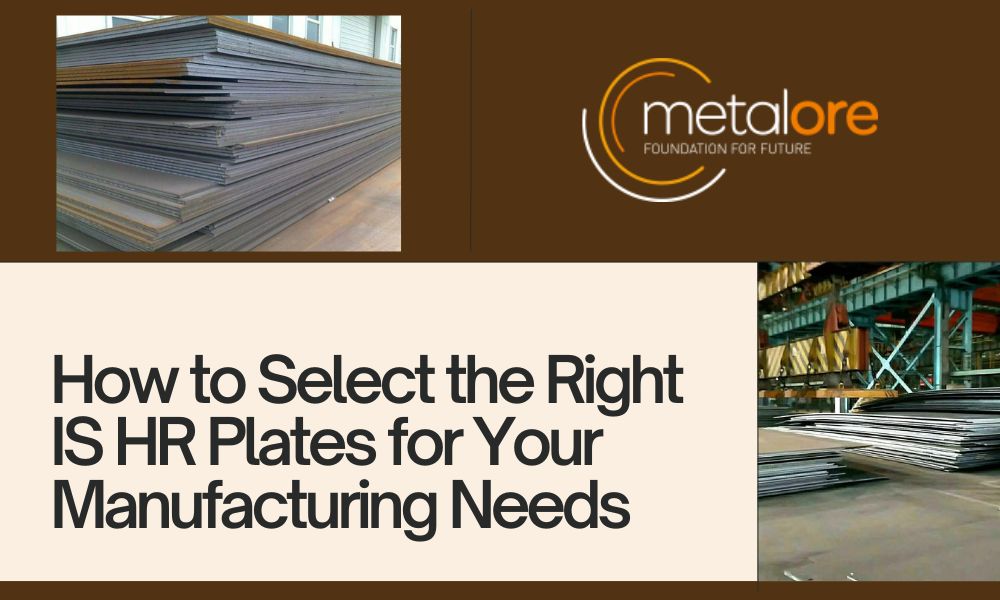Choosing the right IS 2062 HR plates for your manufacturing needs is crucial for ensuring project success, durability, and efficiency. Due to their versatility and strength, these hot-rolled plates are commonly used in various industries, such as construction, automotive, and heavy machinery. Here’s a comprehensive guide to help you make an informed decision.
Understand Your Application Requirements
The first step in selecting the right IS 2062 HR plates is understanding the specific requirements of your application. Different projects demand different characteristics from steel plates. For instance, construction applications may require plates with high tensile strength, whereas automotive components might need plates that balance strength and flexibility well.
Evaluate Steel Plate Grades
IS HR plates have various grades, offering different mechanical properties and chemical compositions. For example, IS 2062 is a common Indian Standard specification for hot-rolled steel plates widely used in structural applications. Knowing the grade that meets your project’s specifications can significantly influence the performance and longevity of the finished product.
Consider Steel Plate Thickness, Size, and Weight
The thickness, size, and weight of the steel plates you choose will directly affect the manufacturing process and the end product. Thicker plates might be necessary for heavy-duty applications, while thinner plates could be more suitable for applications requiring intricate detailing. Ensure you balance these factors to optimize cost and performance.
Check Manufacturing Processes and Quality Control
The quality of IS HR plates can vary depending on the manufacturing process and the quality control maintained by the supplier. Look for suppliers with strict quality control measures and advanced manufacturing capabilities. This reduces the risk of defects and ensures that the plates meet specified standards.
Assess Corrosion Resistance and Durability
Corrosion resistance can be a critical factor depending on the environment in which the final product will be used. For instance, if the plates will be exposed to harsh weather conditions or chemicals, choosing a grade with better corrosion resistance is essential. While IS 2062 HR plates generally provide good resistance, additional treatments or coatings might be required for extreme conditions.
Analyze Cost vs. Performance
While it might be tempting to opt for cheaper materials, evaluating the cost against the performance benefits is crucial. High-quality IS HR plates might be more expensive initially but can offer long-term savings through reduced maintenance costs and enhanced durability. Conduct a cost-benefit analysis to determine the most economical choice without compromising quality.
Conclusion
Selecting the right IS 2062 HR plates involves a multifaceted approach where understanding your application requirements, evaluating grades, and considering the physical properties of the plates are crucial steps. Additionally, assessing manufacturing processes, corrosion resistance, and cost-performance ratios will help make an informed choice. Always consult with experts and review supplier credentials to ensure you get the best materials for your manufacturing needs.

